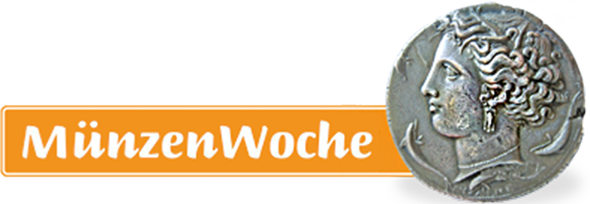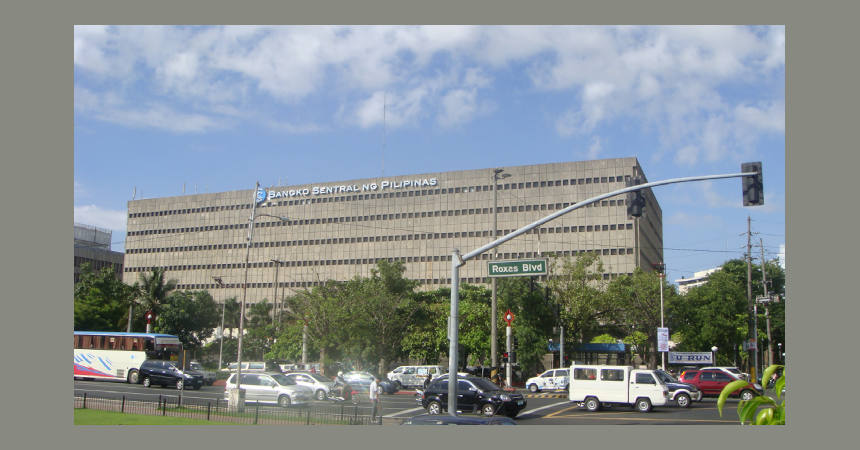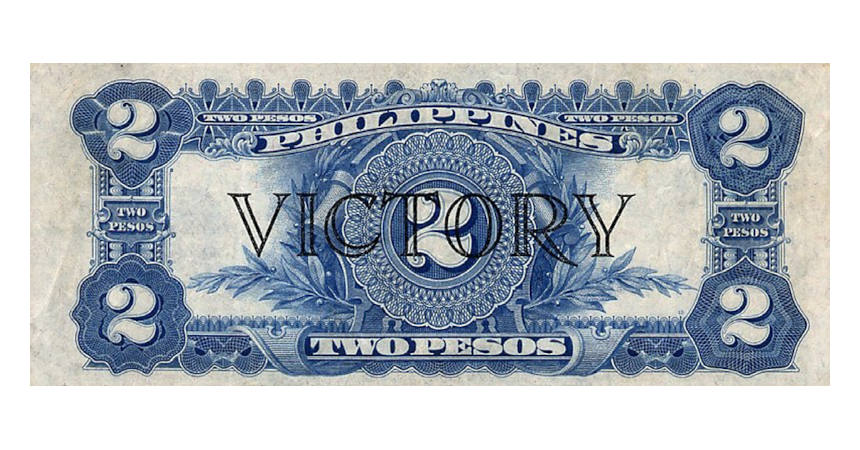Museum of the Central Bank of the Philippines
Wenn es kein Logo gibt, wird diese Spalte einfach leer gelassen. Das Bild oben bitte löschen.
(Dieser Text wird nicht dargestellt.)
A. Mabini St. (corner Pablo Ocampo St.)
Malate, Manila 1004 Philippines
Tel: +632 8811 1277
The Museum of the Central Bank of the Philippines was inaugurated in 1999. In seven galleries with texts in English and Filipino, the Museum presents its story of money, from the earliest trading times in the Philippines when primitive money was used and barter was practiced, to the creation of modern coins and banknotes.
Pre-Hispanic Era
For at least 2,000 years prior to the arrival of the Spaniards, the chief means of trading throughout the Philippine Archipelago was barter. On display are unearthed piloncitos—gold ingots which were the country’s first recognized form of coinage. Also shown are different sized barter rings, gold ornaments, beads, and other objects used as mediums of exchange.
Spanish Era
Exhibited here are gold, silver, and copper coins: the four reales brought by Magellan in 1521; the dos mundos, or pillar dollars used during the galleon trade; odd-shaped silver and gold coins called cobs, or macuquinas; fractional coins, or barrilla; and the Isabelinas and Alfonsinos, the first locally produced gold and silver coins starting in 1861 and inscribed with the word “Filipinas,” named after Spanish monarchs Isabel II and Alfonso XII. Also shown are pesos fuertes, the first banknotes issued in 1852.
Revolutionary Period
A small section is devoted to the Malolos Republic currencies. When the Philippines declared independence from Spain in 1899, the Aguinaldo government issued its own money. Shown are the rare 2-centavo copper coin and banknotes in denominations of 1, 2, 10, 20, 25, 50, and 100 pesos.
The American Regime
This gallery features currencies from when the United States took control of the Philippines in 1901. The colonial government organized the country’s monetary system through the Philippine Coinage Act of 1903, for which coins and banknotes were issued. Shown are Silver Certificate banknotes (1903-1918) and the replacement Treasury Certificates (1918-1935).
World War II
In this gallery are banknotes that circulated during the Japanese Occupation from 1941 to 1944: Japanese Invasion Money issued by the Japanese government and the resistance currencies issued by Filipino guerrillas. When World War II ended, existing pre-World War II banknotes were counter-stamped “Victory” on the back to mark Japan’s defeat.
Republic Period
This gallery shows currencies in use after the establishment of the Philippine Republic in 1946 and the formation of the Central Bank of the Philippines in 1949. It features the English series (1958-1966), the Filipino series (1967-1974), the Ang Bagong Lipunan (The New Society) series (1975-1982), succeeded by the Flora and Fauna series coins (1983-1990), the New Design series (1985-1991), the 1987 500-piso and 1991 1,000-piso banknotes.
Foreign Currencies
A timeline highlighting the history of central banking in the Philippines plus a colorful array of international currencies, featuring the latest issues of banknotes and coins from countries worldwide are also on display. These include foreign money with historical designs and themes.
This text was written by Howard M. Berlin and first published in his book Numismatourist in 2014.
You can order his numismatic guidebook at Amazon.









